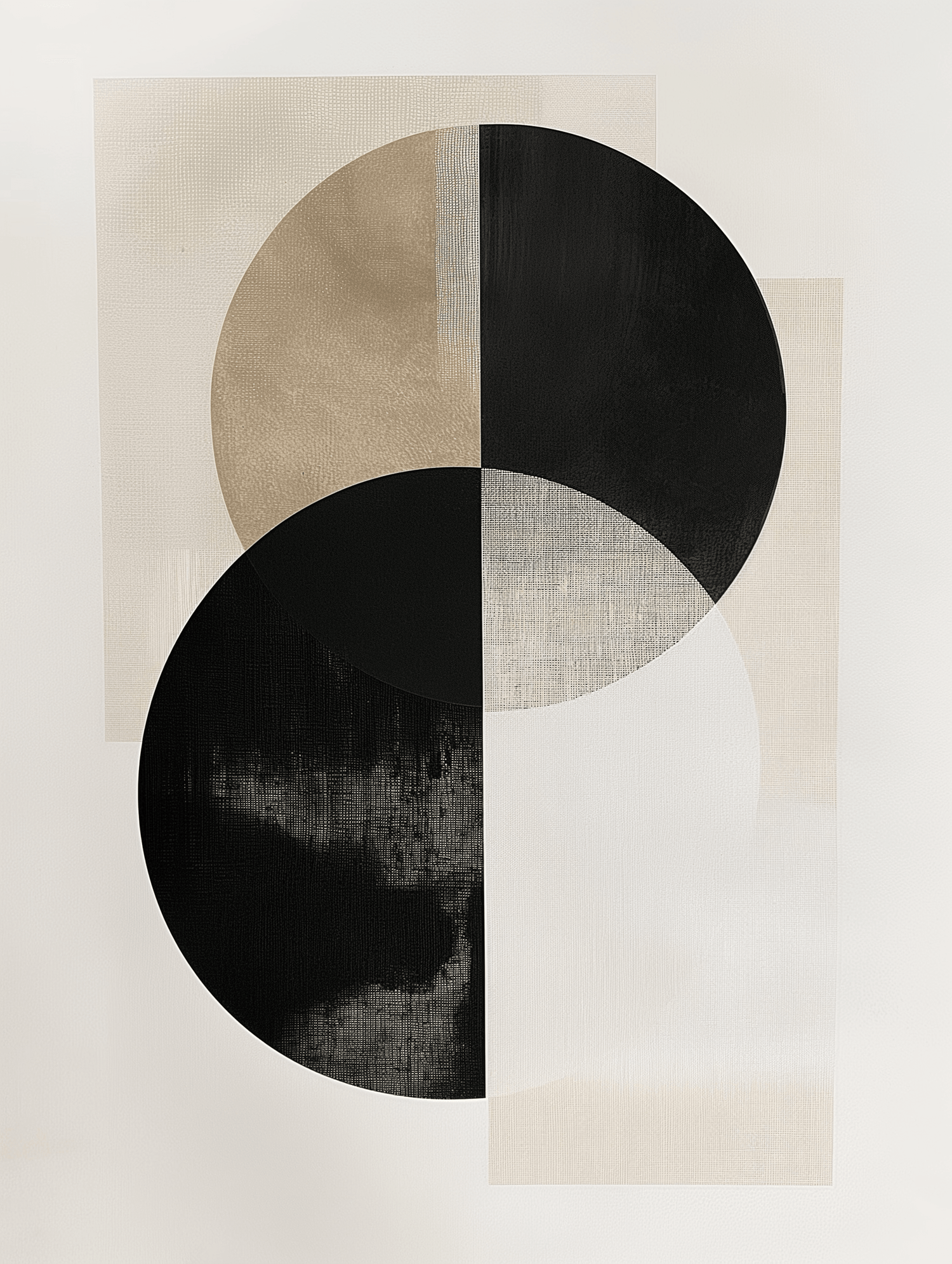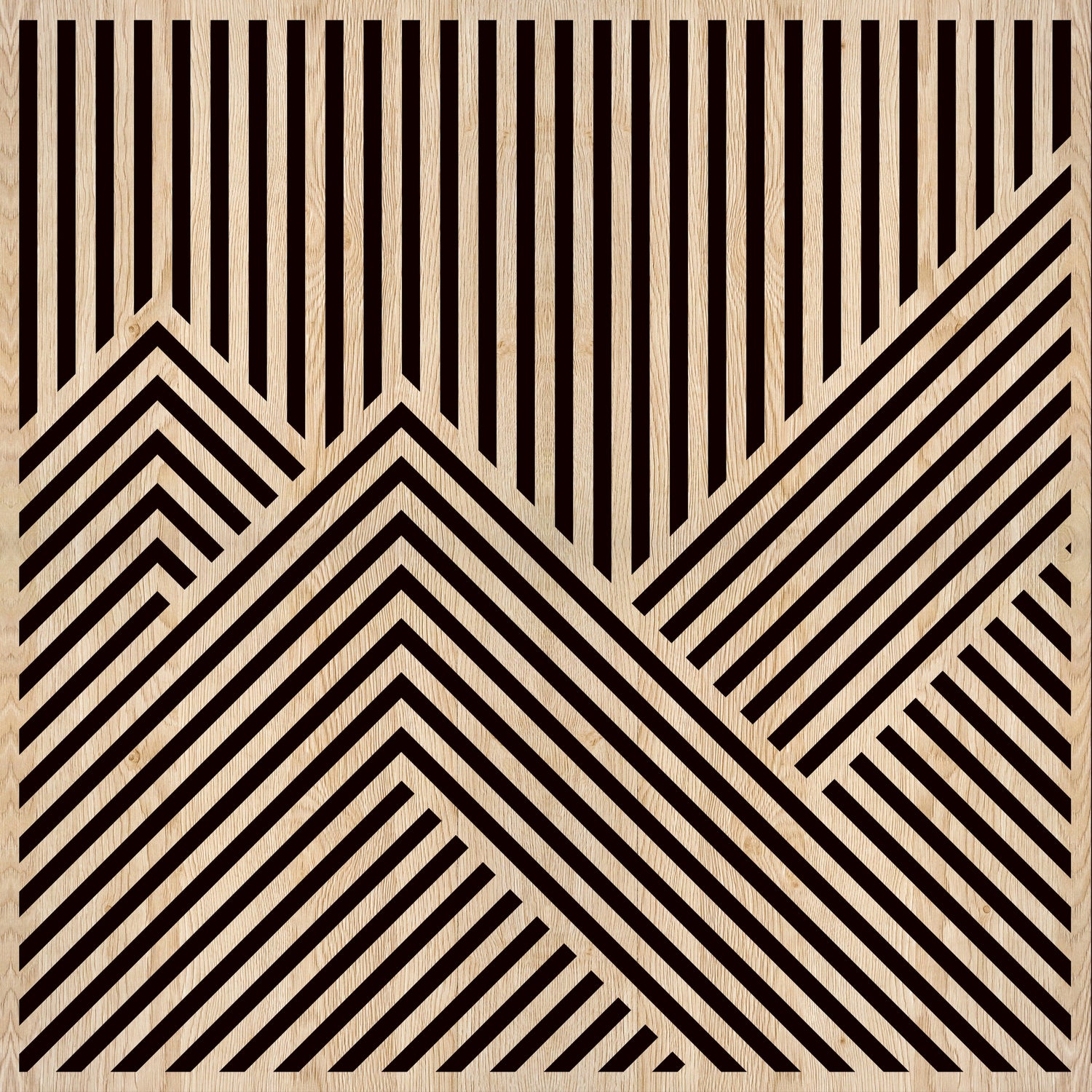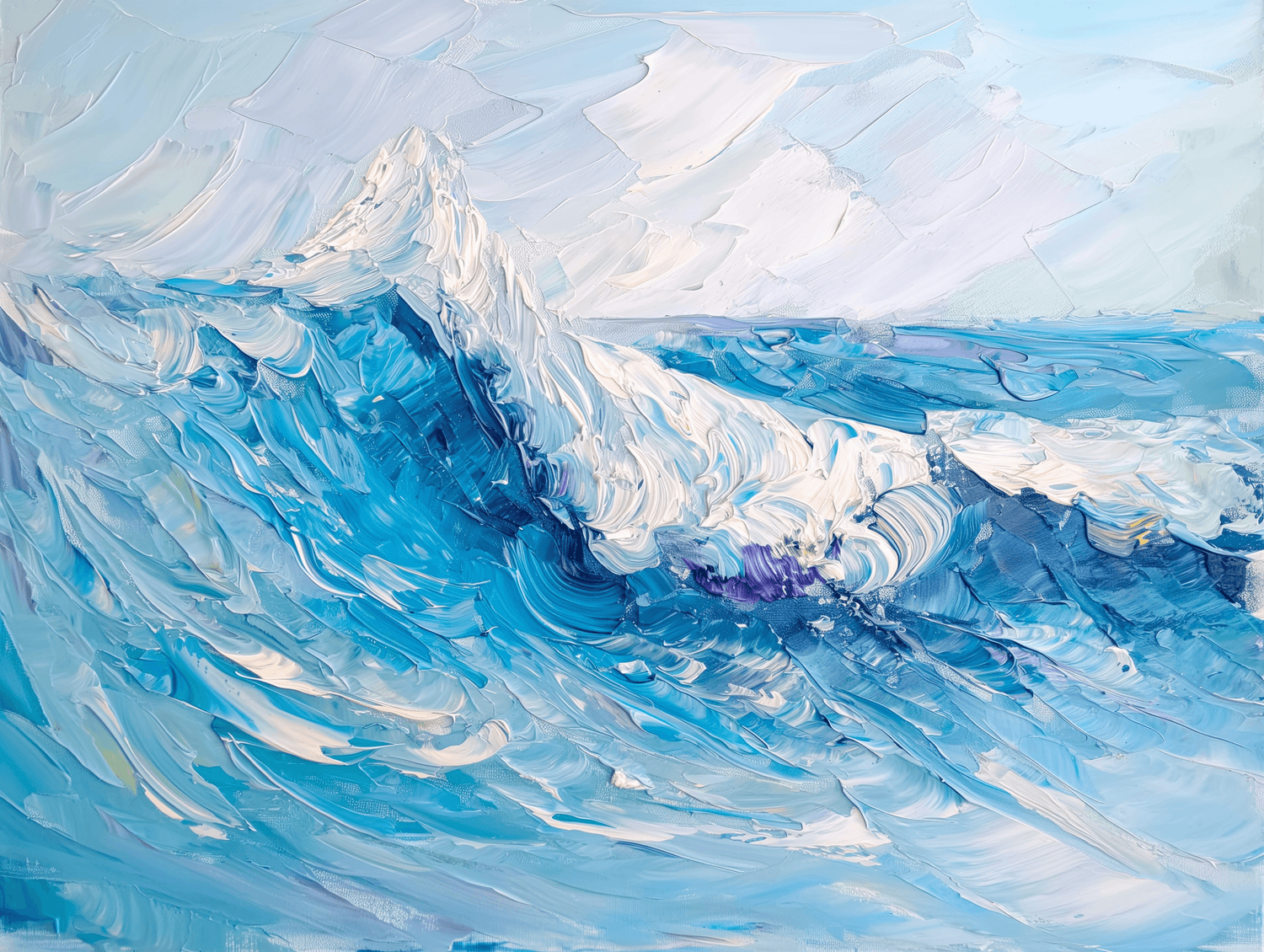Introduction: A Master Between Dream and Death
Arnold Böcklin (1827–1901) is one of the most fascinating and mysterious painters of the 19th century. Swiss by birth but profoundly European in education and spirit, he is best known for his work " The Isle of the Dead" , which has become a universal icon of the symbolist imagination.
His painting combines mythological, allegorical and fantastic elements, in a continuous exploration of the boundaries between life, death and dreams.
In this journey through his artistic production, we will see his main works, the most intriguing curiosities and how Materico.it renews the visual experience through reproductions with a 3D effect , capable of conveying the mystery and the matter of his visions.
Life and education: between classicism and restlessness
Böcklin was born in Basel in 1827, but was educated in Düsseldorf, Munich and then in Italy, where he lived for a long time between Rome, Florence and the island of Ischia. Italy played a fundamental role in the development of his aesthetic: the Mediterranean light, classical ruins and idyllic landscapes profoundly influenced his style.
However, beneath the smooth surface of his canvases lies a dark world, full of symbolism and mystery. Böcklin was a solitary artist, misunderstood by many of his contemporaries, but revered by others, such as Nietzsche, Freud and later the Surrealists.
Characteristics of Böcklin's style
-
Allegorical symbolism : each figure, landscape or object has a deeper meaning, often linked to death, destiny or eternity.
-
Unreal and suspended landscapes : natural environments that seem to come from a dream or another world.
-
Mythological influences : Greek gods, fauns, nymphs and sirens populate his canvases.
-
Dark and visionary atmospheres : fogs, twilights, silences that evoke the unknown.
Arnold Böcklin's most famous works
1. The Isle of the Dead (1880-1886)

His undisputed masterpiece, made in at least five versions, depicts a boat landing on a rocky island with a cypress tree and a funereal figure standing beside a coffin.
-
Fun Fact : It was so famous that it was hung in Lenin's personal study and adored by Hitler. Freud interpreted it as a representation of the unconscious.
-
Meaning : The island is a place of passage, perhaps the border between life and the afterlife. The scene does not show pain, but silence and acceptance.
2. The villa on the sea (1865-1867)

Another visionary and nostalgic work: a solitary building overlooking a stormy sea.
-
Curiosity : The sea symbolizes the unconscious, while the villa is the rational mind at the mercy of emotions.
-
Style : Cold tones, twilight light, closed and mysterious structure.
3. Self-portrait with Death Playing the Violin (1872)

Böcklin depicts himself painting, with a skull behind him playing the violin.
-
Curiosity : An allegory of death that accompanies every creative act, underlining the artist's finitude and the immortal power of art.
-
Remarkable detail : Böcklin's face is serene, as if he accepted the constant presence of death.
4. Pan in the Woods (1857)

The god Pan, half man and half goat, is captured playing the flute in a forest clearing.
-
Curiosity : Böcklin depicts Pan not as an evil creature, but as a symbol of primordial, mysterious and fascinating nature.
-
Atmosphere : A serene and disturbing vision at the same time, like a dream about to turn into a nightmare.
Recurring themes in Böcklin's art

Death and immortality
Death is never represented in a violent way, but as a natural, inevitable, almost pacifying element. It is always present, but never shouted.
Nature and myth
Nature is alive, sacred, inhabited by deities, legendary creatures and forces that modern man has forgotten.
Loneliness
Many of Böcklin’s figures are isolated, immersed in vast and silent environments. The sense of solitude is aesthetic but also existential.
Curiosities about Arnold Böcklin
-
He inspired the Symbolist and Decadent movements : painters such as Klinger, Redon and even Gustav Klimt were influenced by him.
-
He was self-taught in many painting techniques : he tried to reproduce the material effect of ancient paintings with pigments and binders invented by himself.
-
He did not like academic realism : he preferred to paint dreams, legends and moods.
-
His art was banned by the Nazis, then praised by Hitler : paradoxically, he was both opposed and praised by the Nazi regime.
-
The fifth version of Isle of the Dead is lost : the most mysterious of the versions is considered lost after the Second World War.
Böcklin according to Materico.it: a material that tells
Böcklin's art lends itself perfectly to the 3D technology used by Materico.it . His paintings are not just images, but suspended worlds where the gaze can get lost.
Our material reproduction technique restores the depth of each cypress, the mass of the rocks, the tension of the light in its skies.
- The Isle of the Dead comes to life in relief: the boat seems to actually move forward, the cypress tree stands tall in the silence.
-
The villa by the sea vibrates in its solitude, with waves that seem to ripple under the light.
Conclusion: a timeless artist
Arnold Böcklin was a traveler of the soul, a painter of dreams and symbols. His work continues to enchant with its ability to evoke deep emotions and eternal questions.
With the artistic reproductions of Materico.it , Böcklin's visionary universe returns to speak to the modern spectator, offering a sensorial, authentic and profound artistic experience .








